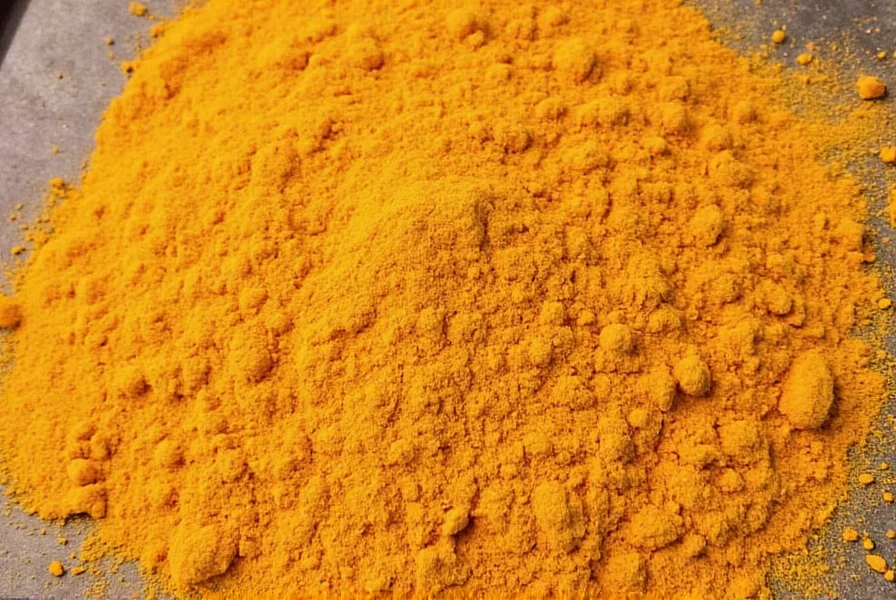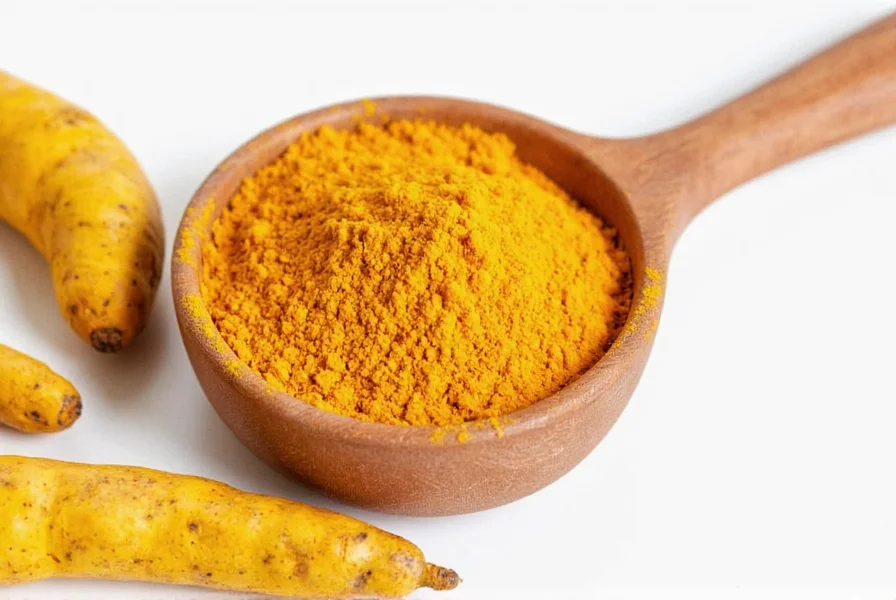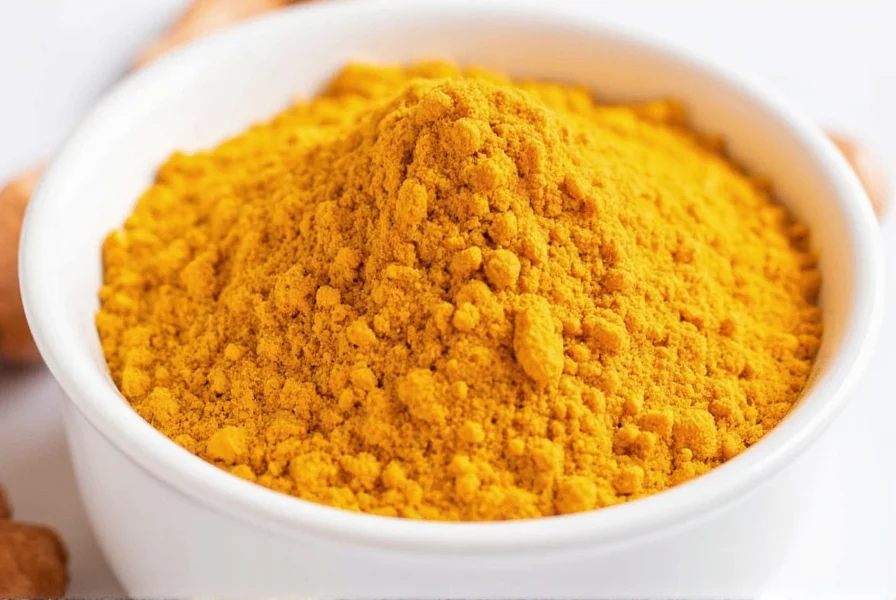When turmeric isn't available or suitable for your needs, understanding the right replacement becomes essential. Professional chefs and nutritionists agree that effective turmeric substitutes must address specific requirements: color contribution, flavor profile, and potential health benefits. The ideal alternative depends entirely on your culinary application and dietary goals.
Why Seek Turmeric Alternatives?
Many home cooks and professional chefs search for what can i use instead of turmeric in cooking for various legitimate reasons. Turmeric's distinctive earthy flavor and vibrant yellow color make it challenging to replace, but certain situations demand alternatives:
- Availability issues - Turmeric may be out of stock or difficult to source in some regions
- Flavor sensitivity - Some palates find turmeric's earthy taste overpowering
- Color requirements - Recipes needing yellow hue without turmeric's distinct flavor
- Health considerations - Individuals on blood thinners or with gallbladder issues
- Budget constraints - Seeking affordable alternatives to expensive saffron when color is the primary concern

Top Turmeric Substitutes Analyzed
Ginger: The Flavor-Focused Alternative
When searching for best substitute for turmeric in golden milk, ginger emerges as the top choice for flavor-focused applications. While it lacks turmeric's yellow color, ginger shares similar anti-inflammatory properties and belongs to the same botanical family (Zingiberaceae).
Usage ratio: Substitute 1 teaspoon turmeric with ½ teaspoon fresh ginger (grated) or ¼ teaspoon dried ginger powder. Ginger works exceptionally well in:
- Golden milk and other wellness beverages
- Asian-inspired stir-fries
- Marinades for chicken and fish
- Smoothies requiring digestive benefits
Professional chefs note that ginger provides a brighter, spicier profile compared to turmeric's earthiness. For those seeking mild turmeric substitute for sensitive palates, use half the recommended amount initially and adjust to taste.
Saffron: The Premium Color Replacement
Saffron serves as the most effective substitute when vibrant color is your primary concern. This expensive spice delivers the golden hue without turmeric's distinctive earthy flavor. Culinary professionals use saffron when creating dishes where turmeric's flavor would dominate undesirably.
Usage ratio: Replace 1 teaspoon turmeric with 15-20 saffron threads steeped in 2 tablespoons warm liquid. Saffron excels in:
- Rice dishes like paella and biryani
- Soups requiring golden color without earthy notes
- Baked goods where color matters more than flavor
- Delicate seafood preparations
Curry Powder: The Flavor Complex Solution
Curry powder provides the most comprehensive flavor replacement as it typically contains turmeric along with complementary spices. This makes it ideal when you need both color and complex flavor.
Usage ratio: Substitute 1 teaspoon turmeric with 1½ teaspoons curry powder, reducing other spices accordingly. Curry powder works best for:
- Curry dishes where turmeric is just one component
- Stews and braises needing depth of flavor
- Marinades requiring multiple spice notes
- When creating healthy turmeric alternatives for anti-inflammatory recipes
Annatto: The Neutral Flavor Option
Annatto (also called achiote) delivers vibrant color with minimal flavor impact. Food scientists prefer annatto when color is the sole objective without altering taste profiles.
Usage ratio: Replace 1 teaspoon turmeric with ½ teaspoon annatto powder or 1-2 tablespoons annatto oil. Annatto shines in:
- Cheese production (mimics natural cheddar color)
- Prepared mustard and condiments
- Processed foods requiring yellow-orange hue
- When seeking turmeric replacement with similar health benefits but milder taste
| Substitute | Color Match | Flavor Match | Health Benefits | Best Applications |
|---|---|---|---|---|
| Ginger | ★☆☆☆☆ | ★★★☆☆ | ★★★☆☆ | Golden milk, beverages, marinades |
| Saffron | ★★★★★ | ★☆☆☆☆ | ★★☆☆☆ | Rice dishes, delicate sauces, baked goods |
| Curry Powder | ★★★☆☆ | ★★★★☆ | ★★★☆☆ | Curries, stews, complex dishes |
| Annatto | ★★★★☆ | ★☆☆☆☆ | ★★☆☆☆ | Color-critical applications, processed foods |

Specialized Substitution Scenarios
For Golden Milk and Wellness Beverages
When creating healthy turmeric alternatives for anti-inflammatory recipes, consider this specialized blend:
- ½ teaspoon ginger powder (provides similar anti-inflammatory compounds)
- ¼ teaspoon cinnamon (adds warmth and additional health benefits)
- A pinch of black pepper (enhances bioavailability of active compounds)
- Optional: 1-2 saffron threads for color
For Sensitive Palates and Children
For those seeking mild turmeric substitute for sensitive palates, try this approach:
- Use half the amount of turmeric called for
- Add complementary flavors like coconut milk or honey
- Consider annatto for color without strong flavor
- Gradually increase turmeric amounts as palate adjusts
Important Considerations When Substituting
Food scientists emphasize that no single substitute perfectly replicates turmeric's unique combination of color, flavor, and health properties. Your choice should prioritize which aspect matters most for your specific application. Remember that turmeric replacement with similar health benefits requires understanding the active compounds you're trying to preserve.
When substituting in recipes, always consider:
- Whether color or flavor is the primary requirement
- The dish's complexity (simple dishes need closer matches)
- Other spices already present in the recipe
- Health goals driving your substitution
- How the substitute interacts with other ingredients
Frequently Asked Questions
Can I use paprika instead of turmeric?
Yes, but with limitations. Paprika provides color but lacks turmeric's earthy flavor. Use sweet paprika for mild color in dishes where turmeric flavor isn't essential. For every teaspoon of turmeric, use ½ teaspoon paprika. Note that smoked paprika will add a distinct smoky flavor that may not be desirable in all applications.
What's the best turmeric substitute for golden milk?
Ginger serves as the most effective substitute for golden milk when turmeric isn't available. Use half the amount of fresh ginger (grated) compared to turmeric called for in the recipe. Add a pinch of saffron or annatto for color. This combination preserves the anti-inflammatory benefits while maintaining the beverage's traditional purpose.
Does curry powder work as a direct turmeric replacement?
Curry powder can replace turmeric but requires adjustment. Since most curry blends contain turmeric already, use 1½ teaspoons curry powder for every teaspoon of turmeric, then reduce other spices in your recipe accordingly. This works best in complex dishes like curries and stews where multiple spice notes are expected.
Are there any health differences between turmeric and its substitutes?
Yes, significant differences exist. Turmeric contains curcumin, which has specific anti-inflammatory properties. Ginger offers different compounds (gingerols) with similar but not identical benefits. Saffron provides crocin with antioxidant properties but lacks curcumin's specific effects. When seeking turmeric replacement with similar health benefits, ginger comes closest for inflammation support, though the mechanisms differ.
How do I adjust recipes when substituting turmeric?
Always start with less substitute than you think you need. For flavor-focused substitutes like ginger, begin with half the amount and adjust to taste. For color-focused substitutes like saffron or annatto, use the recommended ratios but remember they won't provide turmeric's earthy flavor. In complex dishes, consider adding complementary spices to balance the new flavor profile. Taste frequently during cooking to ensure proper seasoning.











 浙公网安备
33010002000092号
浙公网安备
33010002000092号 浙B2-20120091-4
浙B2-20120091-4